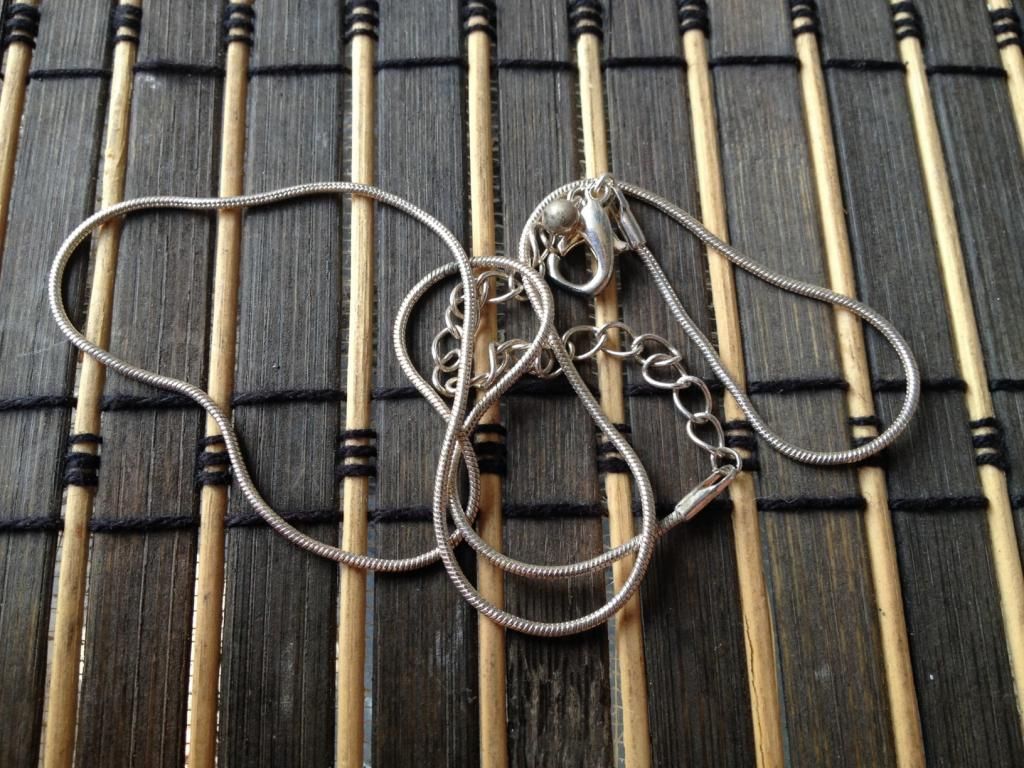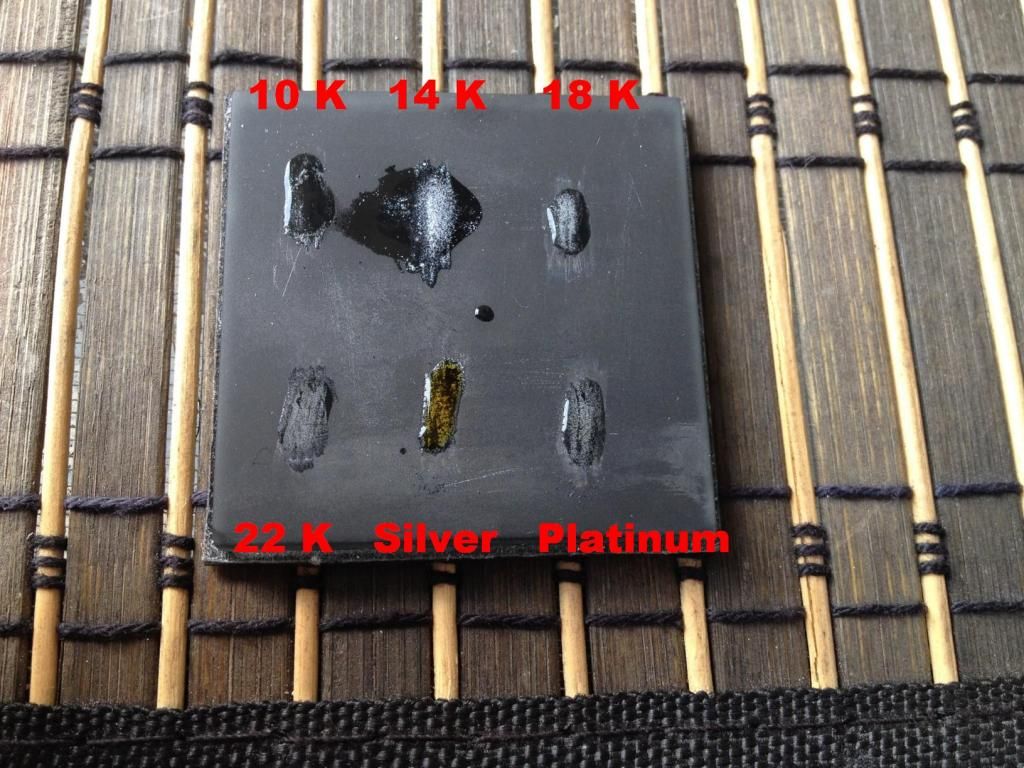Axl_Bundy said:
When ever I saw a red spot, I tested the same spot 6 or 7 times. Is that ok or should I give er' a filing?
Without filing, you have no guarantee that the item isn't silver plated. By cutting deep with the corner of a file, you would penetrate any plating, so you'd be testing the core material, which is what you need to do. If silver plating is thick enough, a dozen tests wouldn't reveal a plated item if you rely on testing just the surface. Alternately, most silver items are generally marked, albeit by some mystical code. If you can learn the markings and what they mean, you may not have to test unless you suspect the piece is not legitimate. Look for things like numbers (925--sterling, 900-- coin silver, etc.. I recall processing some flatware that was made in one of the Scandinavian countries---marked 720).
On that subject, if an item is plated, with a copper alloy internally, a simple test by filing, then a drop of nitric will be very revealing. If the item is solid silver, the test would yield almost no color change in the solution, although given enough time a slight blue color will develop. However, if the item is plated over a copper or nickel alloy, you'll see an instant blue color develop. When you rinse off the piece, you'll see that the silver has assumed a rather pleasant cream color, while the base metal would appear different. If the notch filed is cream colored uniformly, it's safe to assume the item is solid silver, although that does not address what alloy.
Even when I tested silver marked 800, it still was red.
And that's why I said that you can't (reliably) determine silver content with Schwerters. I've read the definitions of color variations and how they're related to the percentage of silver that is present, but in practice it isn't all that reliable. My advice to you is to use Schwerters to determine the presence of silver, and not rely on the results of the test to determine purity.
Harold



































































